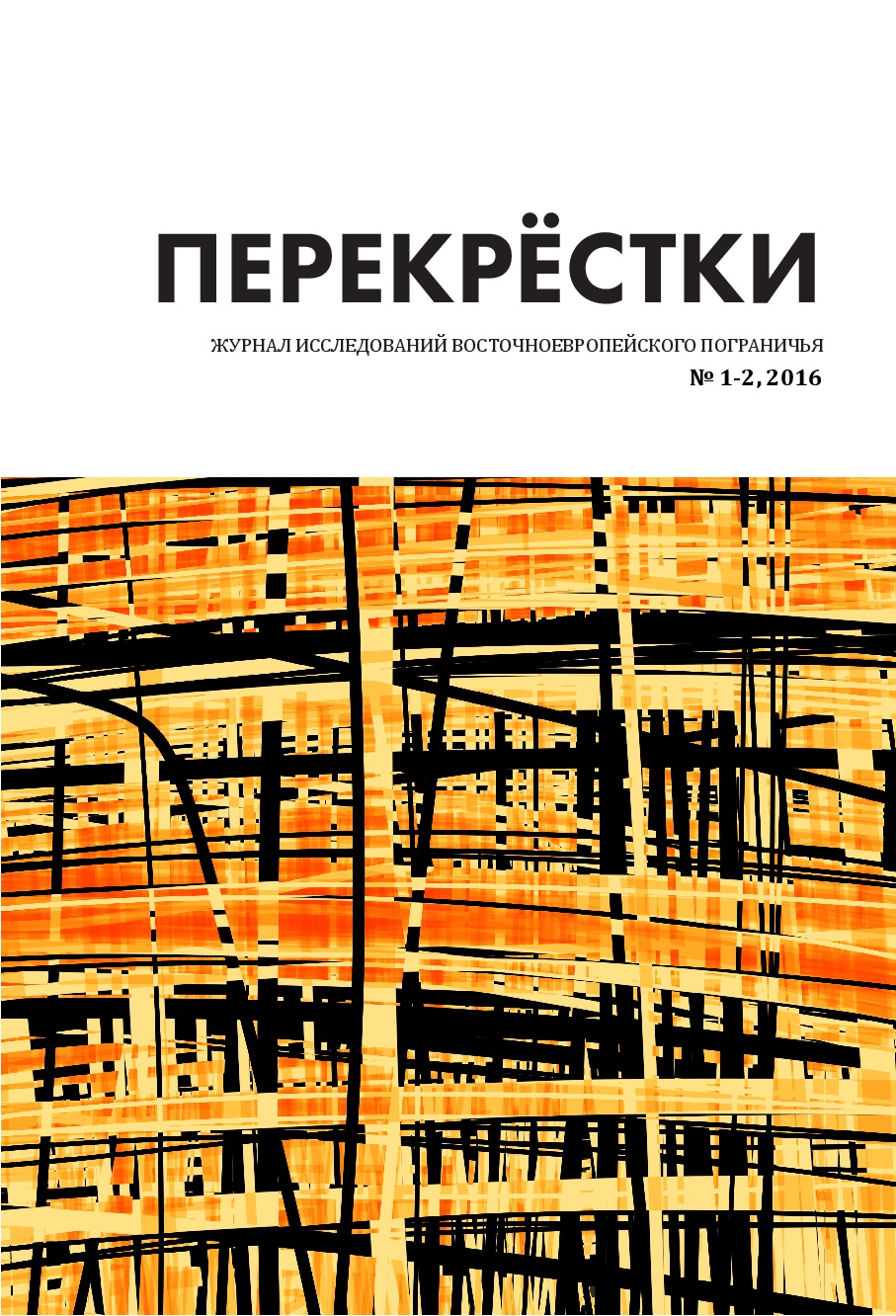Symbolic Functions of Money in Post-Soviet Countries: Design and Politics
Abstract
by Kseniya Shtalenkova
This article analyzes symbolic functions of money while independent states were emerging at the territory of the former USSR. The research focuses on visual design of such national paper money of Eastern Europe as the Lithuanian litas (which was replaced by euro in 2015), the Ukrainian hryvnia, the Russian ruble and the Belarusian ruble. As an example of banal nationalism, the design of national paper money can be considered as an ideological tool promoting the state ‘image’ via national narratives representing concepts of the ‘Golden Age’ of the nation. Although different currencies adopt different design strategies, all the four national currencies reject references to the Soviet heritage. However,
in comparison with the Soviet ruble, the visual design of the Lithuanian litas, the Ukrainian hryvnia, the Russian ruble and the Belarusian ruble does not initiate the quasi-religious faith in the national currency because of the economic crisis and the tendencies to integrate into larger formations of states.


